Posts categorized Open Data
Page 11
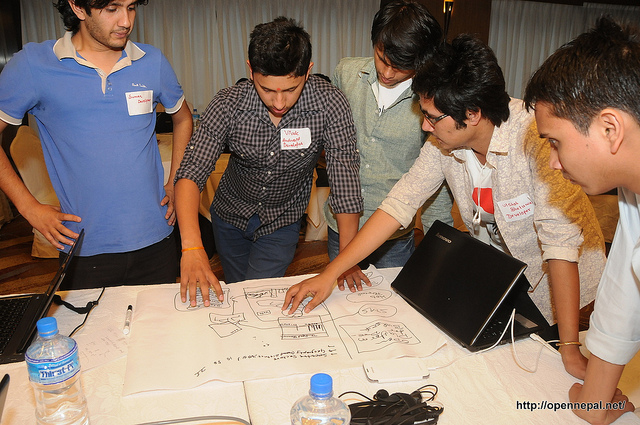
A Message from Data Intermediaries
This post continues coverage of breakout sessions held at the 7th Annual Aid Management program Good Practices Workshop in Kathmandu, Nepal.

Aid information matters for U.S. citizens, too – transparency efforts and domestic audiences
This January, a newly elected U.S. Congress took the stage, bringing up the question of how it will shape U.S. foreign assistance discussions in 2015. The US Global Leadership Coalition’s Liz Schayer has argued that there is a consensus from both sides of the aisle that aid accountability and transparency will continue to be an emphasis moving forward.
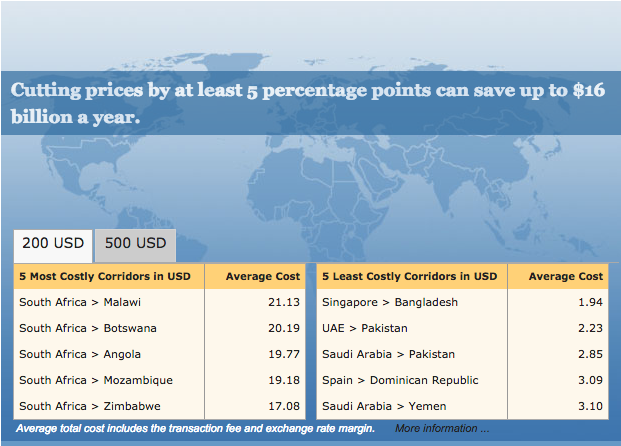
Remittances – What’s Next?
Why do remittances matter?ODA has modestly increased over the past few decades; however, since the late 1990s officially recorded remittance flows have outpaced assistance – in 2013, by more than 300%. Remittances are sent by individuals, not governments, and often travel through money transfer companies such as Western Union and MoneyGram.
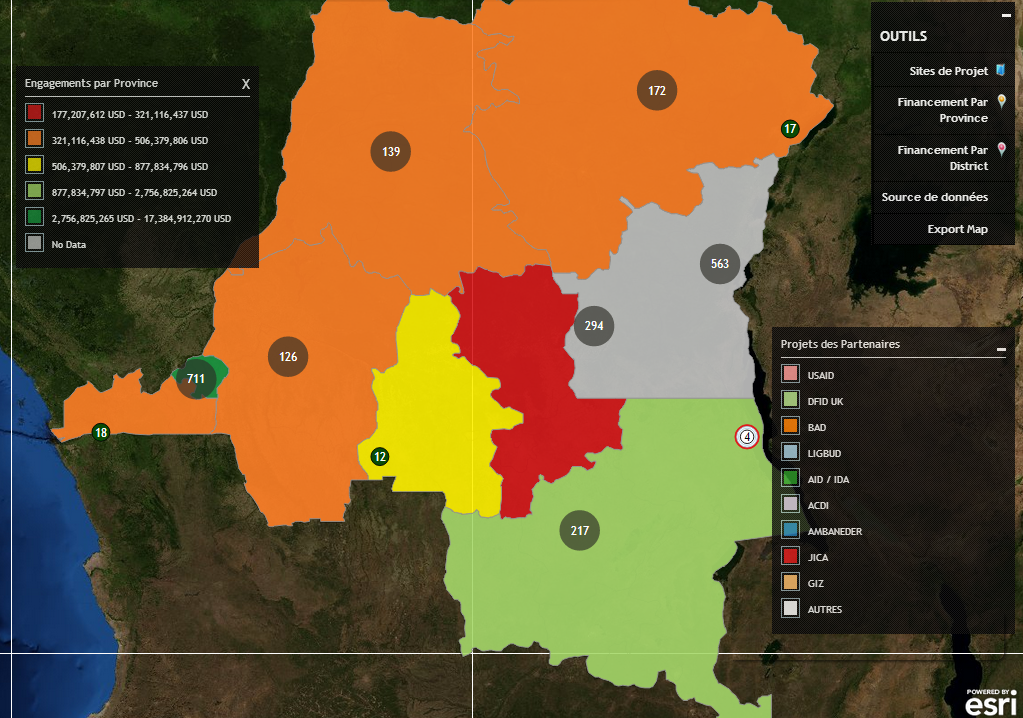
Notes from the Field: Geocoding Aid Data in DRC
Development Gateway, through its partnership with AidData, recently concluded the first phase of USAID’s Higher Education Solutions Network-funded geocoding work in collaboration with the Democratic Republic of Congo’s Ministry of Planning. Outcomes were well received by government officials and key development partners. However, everyone acknowledges this is only the first step towards enhancing GIS capacity throughout government agencies and the donor community.
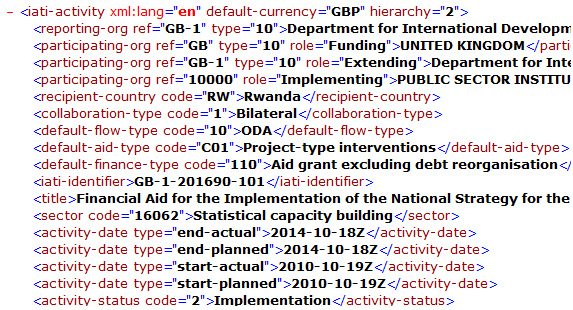
Ensuring Data Works Where it Counts: IATI and Country Systems
Recently, we discussed the International Aid Transparency Initiative’s data publication and quality “tipping point”: per the IATI Secretariat, seven of the top ten development partners (DPs) in most countries are publishing IATI data.
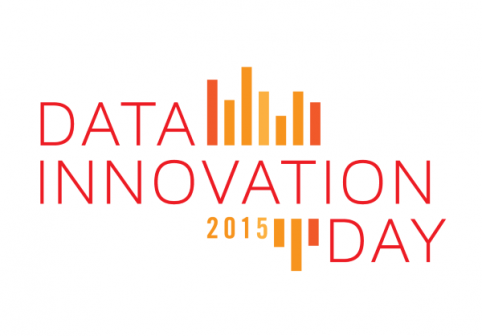
Setting your Data-lutions for 2015
It’s a new year and you probably have your resolutions picked out, and maybe have already given up on one or two of them. Well it’s not too late to add to the list (or replace the unsuccessful). We suggest making a few data-lutions this year and have found a few good ideas to ponder.

Open Contracting: Going Granular for Increased Transparency and Accountability
Knowing where aid projects are located is important for making smart allocation and evaluation decision - but to know what is actually happening on the ground, you can’t stop there.Typically, project implementers are the only ones with knowledge of detailed project information. While contracts also offer a wealth of data points - about who is implementing which activities where, and with how much money - most contracts are either not publicly available, or not easily downloadable.
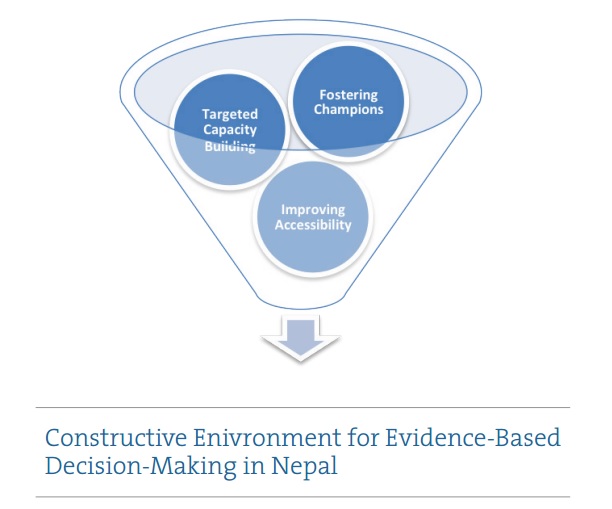
Lessons from Nepal: Data, Incentives, & Champions
This is the second post in a three-part series relaying the findings from a study of government data use in Nepal. Read the first post here.Why should a government official care about using data?

Meeting the Challenge of Open Data
'Next week is our Annual Aid Management Program (AMP) Good Practices Workshop - and this year’s theme is “Meeting the Challenge of Open Data.” However, the “Data Revolution” is already underway, and many attending countries have already gone public with their Aid Management Platforms - so why this theme, and why now?Here’s why: At Development Gateway, we know that Open Data is about much more than throwing data out into the universe; it’s about using that information once it’s available, and getting back to the why behind data transparency.'
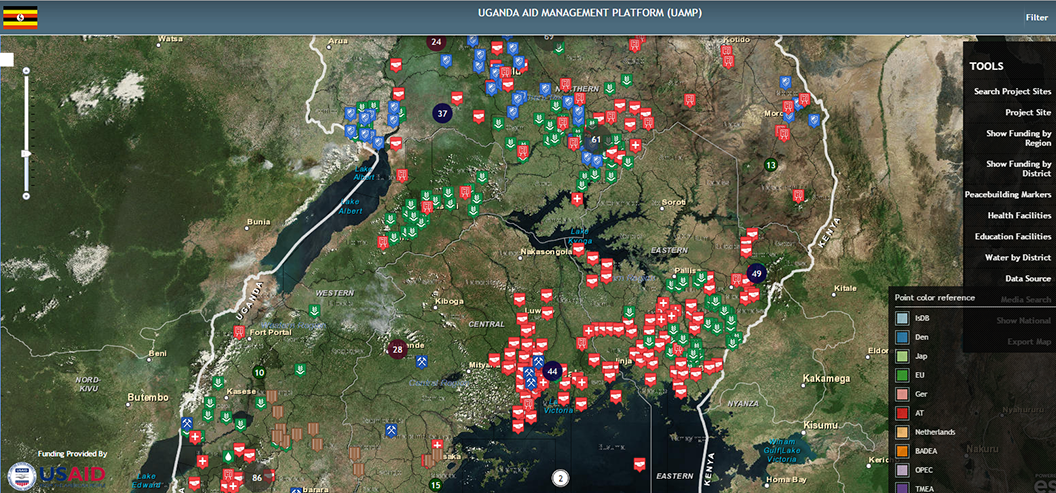
Uganda’s Development Information Goes Public
'Last week, the Ugandan Government made public its Development Assistance Management System, which tracks all external development assistance projects in the country. This system is a technical part of the country''s Aid Management Program (AMP).Overseen by the Ugandan Ministry of Finance Planning and Economic Development, Secretary Keith Muhahanizi reaffirmed on Friday that the system:'